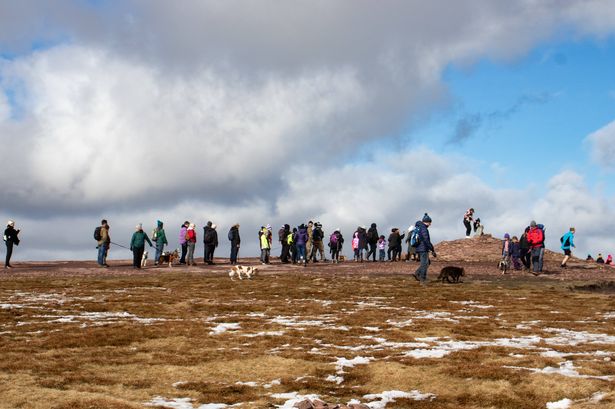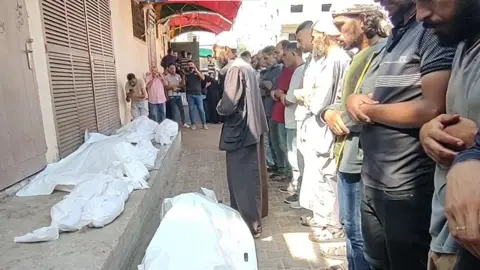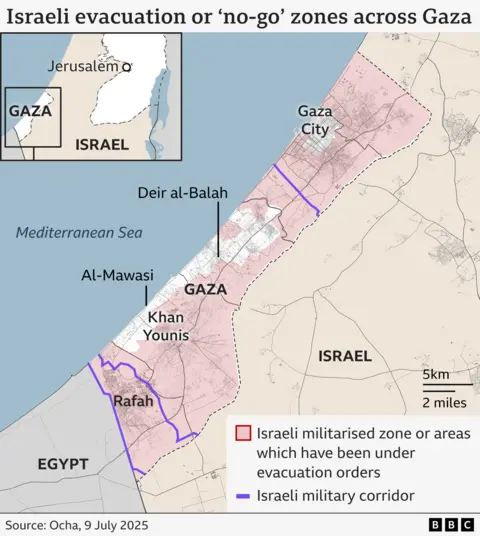I’d come for the sunrise but I quickly discovered three things that can ruin even the most beautiful moment
It was just gone 5am when I arrived very tired and ready to tackle a scenic sunrise hike at one of the UK’s most popular peaks. But looking around, it appeared I wasn’t the only one who had this marvellous idea — despite the time, the car park was starting to fill up.
I could make out the faint glow of iPhones as early risers emerged from cars, clutching coffee and camera tripods, shivering in the dark. From here, the route to the summit of Pen y Fan, the highest peak in south Wales, is one of the most straightforward ways to the summit and is often described by locals as a “motorway”, so it shouldn’t have been a huge surprise to find myself surrounded by other keen walkers.
Pen y Fan rises 886 metres (2,907 ft) above a landscape of rolling high hills. It’s one of several flat-topped summits in the area, and the dramatic peak was once a mountain for the committed: avid hikers, the British Army on training exercises and reluctant school kids dragged up for the Duke of Edinburgh’s Award. These days, it attracts anyone with a phone and a sunrise, with viral social media clips turning the picturesque summit into a must-visit backdrop for selfies.
Interest in the UK’s beauty spots has surged since Covid-19 restrictions began in 2020, when an hour’s exercise was a brief escape from lockdown life. In recent years, reports of national parks, beaches, and hiking trails being overrun with crowds, litter, and queues have become almost routine as more people head for the hills, clutching their smartphones.
We set off from the car park in the dark, joining the steady stream of hikers snaking up the trail. The ‘motorway’ path was well-trodden and wide enough in parts to accommodate the crowd without too much jostling. My companions, seasoned hikers with well-worn gear, moved with practised efficiency, while I kept pace, observing the scene unfolding around us.
The trail was a mix of gravel and uneven stone, occasionally slick with dew, and the dawn light had not yet hit the high, rolling green hills, verdant valleys, and grassy mountain plateaus.
Headlamps and iPhone lights dotted the landscape like fireflies, and it was hard not to slow down and take in the absurdity of what felt like hundreds of us all crawling up the same path, multiple dogs running loose, phones flickering, and me, trying not to become part of someone’s Instagram Live.
As we crested the final rise, the line of hikers slowed to a crawl, everyone funnelling toward the summit marker. The Pen y Fan cairn, a large pile of stones that has stood since the Bronze Age, marked with a National Trust plaque and topped by a trig point, was already commanding attention. People had formed an orderly queue, patiently waiting for their turn to stand beside it for a photo.
Even in the soft pre-dawn light, it looked like a scene from a theme park: polite shuffling, polite muttering, everyone clutching phones and cameras, some even doing little TikTok dances.
Watching the strange scene, it was hard not to think about the meteoric rise of ‘TikTok travel’, the phenomenon of visiting somewhere not to discover it, but to make the place a backdrop for your own carefully choreographed content.
Don’t get me wrong: I love a good selfie. But queuing for a picture, or orchestrating an hour-long photoshoot solely for social media, is not something I have patience for.
And yet, despite the absurdity of it all, the sunrise we had come to see was spectacular. The first golden rays of light struck the ridges, catching the Llyn Cwm Llwch lake in a soft, golden glow and providing expansive 360-degree views of the surrounding countryside, including the Black Mountains, Carmarthenshire Fans, and the Cambrian Mountains to the north and west.
A thin mist lingered in the valleys below, and a “dragon’s breath” cloud inversion spread across the landscape, curling around the peaks like smoke and catching the sun’s pink-and-gold light. Even the most devoted TikTokkers paused for a moment just long enough to gape at the extraordinary panorama.
The way the glacier-carved peaks glowed, the soft light spilling over the valleys, and the atmospheric ‘Dragon’s breath’ are why Pen y Fan draws so many, why we brave the crowds, and why, inevitably, you find yourself taking a quick selfie, trying to preserve the moment without letting it slip away.
I’d come for the sunrise, but I quickly discovered three things that can ruin even the most epic mountain moment: crowds, dogs running wild off lead, and litter. None of them is enough to spoil Pen y Fan entirely, but together, they’re a reminder that our growing love for the outdoors can have unintended consequences.
I’m also self-aware enough to know I’m part of the problem. I came for the same thing as everyone else, a photogenic sunrise shared with my hiking pals.
I could have chosen one of the many quieter peaks or valleys scattered across Bannau Brycheiniog (Brecon Beacons) — there’s no shortage of them. But here I am, trudging up the most popular route with everyone else. The lure of dawn light is hard to resist, even when you know exactly how crowded it’s going to be.
As I sipped my coffee and surveyed the summit, it was impossible to ignore the consequences of Pen y Fan’s popularity. The cairn, once a quiet marker of the highest point in south Wales, had become a pivot point for human activity.
Every so often, discarded rubbish or a stray dog poo bag would catch your eye, small but persistent reminders of the mountain’s rising footfall.
Even the Central Beacons Mountain Rescue Team has had to intervene, “downing tools” during training sessions in the National Park to clear up litter, including disposable barbecues, something they described on social media as increasingly common and, heartbreakingly, unnecessary.
Another complication was dogs off-lead. Bounding freely, they sometimes disappeared from view entirely, prompting panicked calls from their owners and, presumably, even more posts in local hiking Facebook groups about missing pets.
On a slope like Pen y Fan, it’s a worry: not just for the dogs (which I love to be clear) but also for wildlife and the growing problem of erosion and mess along the most popular paths.
For all the talk of crowds and chaos and poor pet management, though, I know most people who come here care deeply about the mountains.
I’m a member of enough hiking groups to see how much affection there is for these astonishing landscapes. Most walkers are respectful; they don’t drop litter, keep dogs close, and tread carefully. A small minority spoil it with blaring music, buzzing drones, or abandoned dog poo bags. Perhaps that’s why this behaviour feels so jarring; it isn’t the norm.
What’s needed isn’t less enthusiasm, but more awareness. Simple, consistent reminders of how to “leave no trace,” and a bit of encouragement to explore beyond the same three or four photogenic peaks, might go further than any warning sign ever could.
Of course, awareness is easier to preach than practise when the sunrise forecast looks promising, and so, here I am. It turns out that it’s easy to grumble about the crowds until you realise that you’re one of them. And maybe that’s the paradox of places like Pen y Fan, they’re loved to the point of being over-loved.




